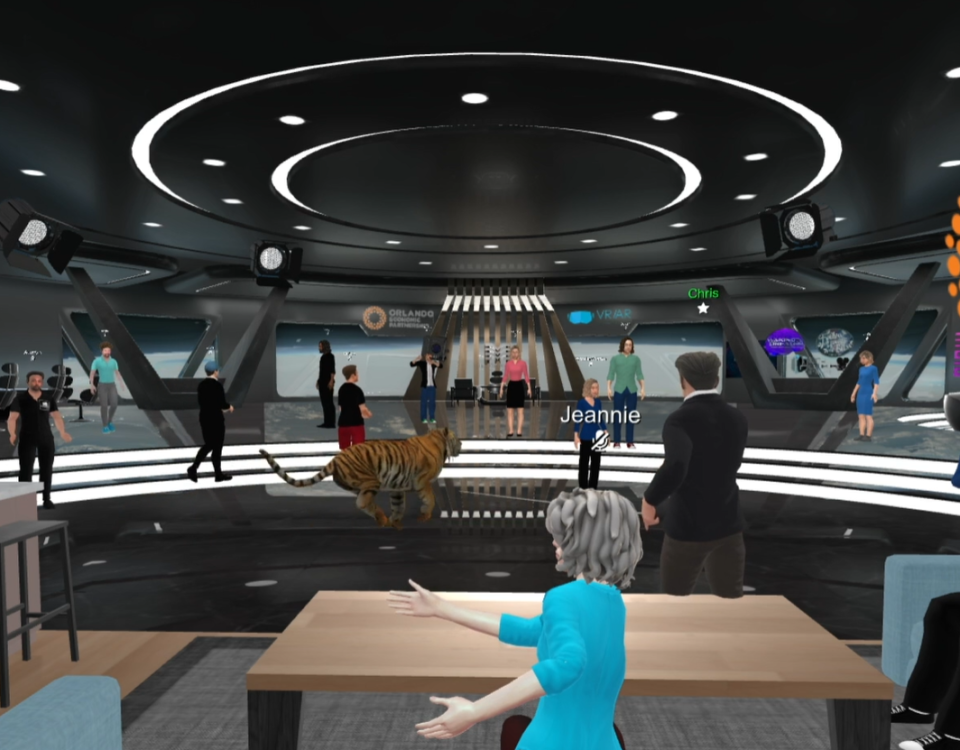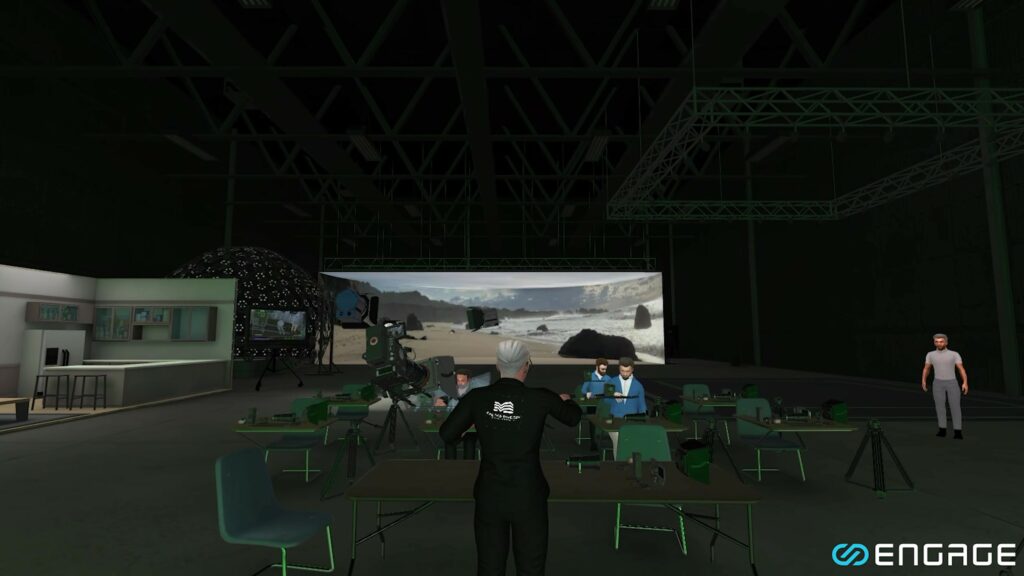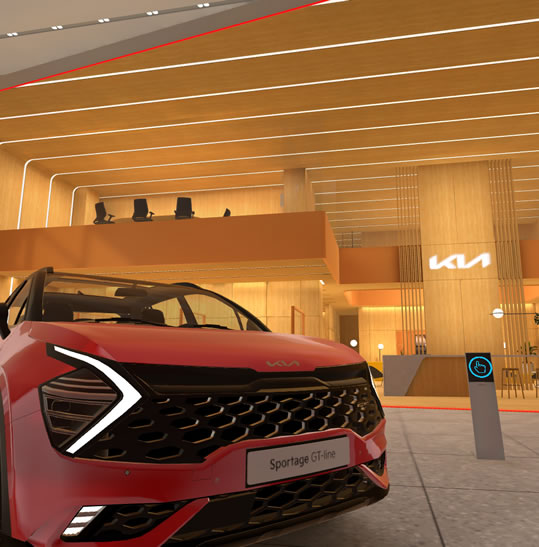VR Collaboration Tools

What is a VR collaboration tool and how does it work?
VR Collaboration tools enable users to meet in a 3-dimensional environment and work on a professional agenda, streamline processes, and collaborate on projects together in an immersive setting. By meeting in these 3 dimensional environments, collaborators reap the benefits of in-person work even if they are remote workers. In doing so, they are at an advantage when it comes to productivity and teamwork.
How can VR collaboration tools be used for remote work and team collaboration?
VR collaboration tools are currently being used around the world by professionals both remotely and in person. Most remote work, for many years, has occurred through 2D screens and created a sense of fatigue and exhaustion amongst professionals. This fatigue is caused by an entire work day causing feelings of isolation. VR collaboration tools such as ENGAGE XR and headsets like the Meta Quest 2 allow users to meet and shake hands, hear sound in 3D, and interact with others in an immersive office, space station, forest and more. Not only does this create a new sense of excitement but also removes the possibility of fatigue from feeling isolated.
What are some key features of VR collaboration tools?
Key features of VR collaboration tools vary from software to software. ENGAGE XR provides professionals with the opportunity to use an office white board, draw an example of concepts using a 3D pen, load in IFX they can interact with to make lessons feel more real, and explore vast and beautiful locations to either collaborate in to keep everyones interest or to learn from.

What is the cost of VR collaboration tools and how do they compare to other collaboration tools?
The Metaverse is a concept mentioned many times when discussing interconnecting realities. The advantage of this new evolution of the internet is that it is significantly cheaper than traditional offices or workshops. A simple headset and immersive software such as ENGAGE can save hundreds of thousands of dollars in man hours and materials required to create vast structures, medical technology, military operations, and classrooms. These other collaboration tools are extremely expensive, are difficult to create and require massive upkeep.
What hardware and software requirements are needed to use VR collaboration tools?
Apps like ENGAGE XR run on headsets, desktops, phones, and tablets. ENGAGE is an example of a tool that has a high level of accessibility, making it easier to use and requiring very little hardware and software. Something like ENGAGE can be accessed on a modern day iPhone or Android, which billions of people around the world already own.

What industries or businesses can benefit from using our VR collaboration tools?
Use cases for using VR collaboration tools stretch to every industry and institution at some point. All businesses require some kind of collaboration, such as medical, military, corporate, education and more. Meeting in a 3 dimensional environment from anywhere in the world has many key advantages, and use cases like surgical training, memorizing safety measures, and learning complicated scientific topics continue to find a home in immersive environments.
